12 Best Indoor Hanging Plants for Low-Light Spaces
Indoor plants can brighten up any space, even in rooms with limited sunlight. Whether you are working with low light or simply want to add greenery to shaded areas, there are many options that will thrive. Hanging plants are an excellent choice for maximizing space and adding charm. They not only add beauty but also contribute to the overall ambiance of a room. Consider adding one of these low-light-loving plants to your home for an easy, natural touch.
This post may contain affiliate links, which helps keep this content free. Please read our disclosure for more info.
Spider Plant (Chlorophytum comosum)
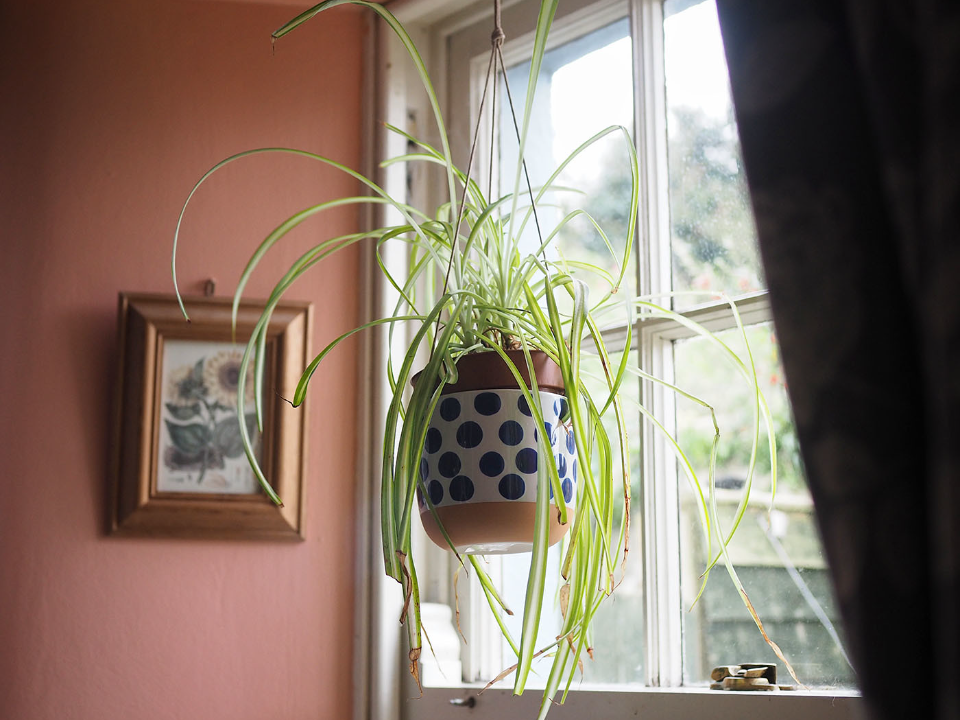
Spider plants are well-known for their ability to thrive in low light, making them an excellent choice for indoor spaces. Their long, arching leaves with white stripes add a touch of elegance to any room. These plants are incredibly easy to care for, requiring minimal attention and only occasional watering. Spider plants can also help purify the air, improving the overall indoor environment.
Hanging spider plants are especially popular due to their trailing leaves, which look great suspended from a pot. They adapt well to various indoor conditions and can tolerate a range of temperatures. Their resilience makes them perfect for those who may not have the greenest thumb. The spider plant is a great option for those seeking an attractive, low-maintenance plant.
Pothos (Epipremnum aureum)
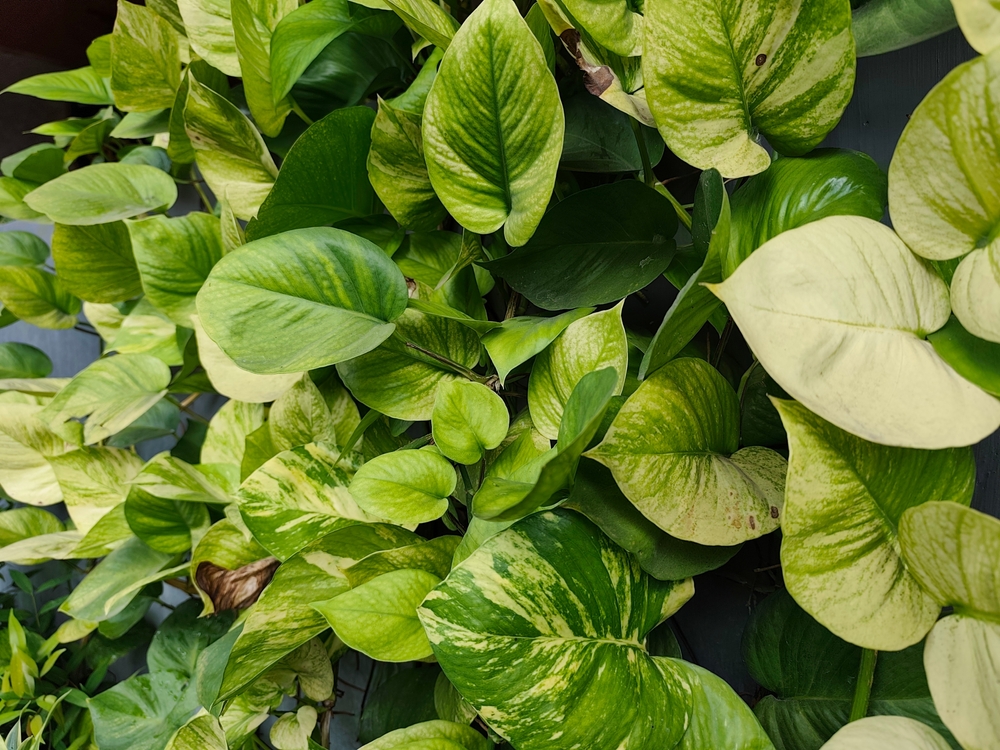
Pothos is a versatile plant that can thrive even in rooms with limited light. With its heart-shaped leaves and trailing vines, it is perfect for adding a touch of greenery to any space. This plant is easy to maintain, needing only occasional watering and occasional pruning of its long stems. Pothos is also known for being one of the best air-purifying plants.
One of the best features of pothos is its ability to adapt to various lighting conditions, from low light to bright indirect light. It can grow in a hanging basket or be draped along a shelf, making it an excellent choice for those with limited space. For best results, place it in a spot where it will receive indirect light, and it will thrive. Its resilience and attractive appearance make it an ideal hanging plant for indoor spaces.
English Ivy (Hedera helix)
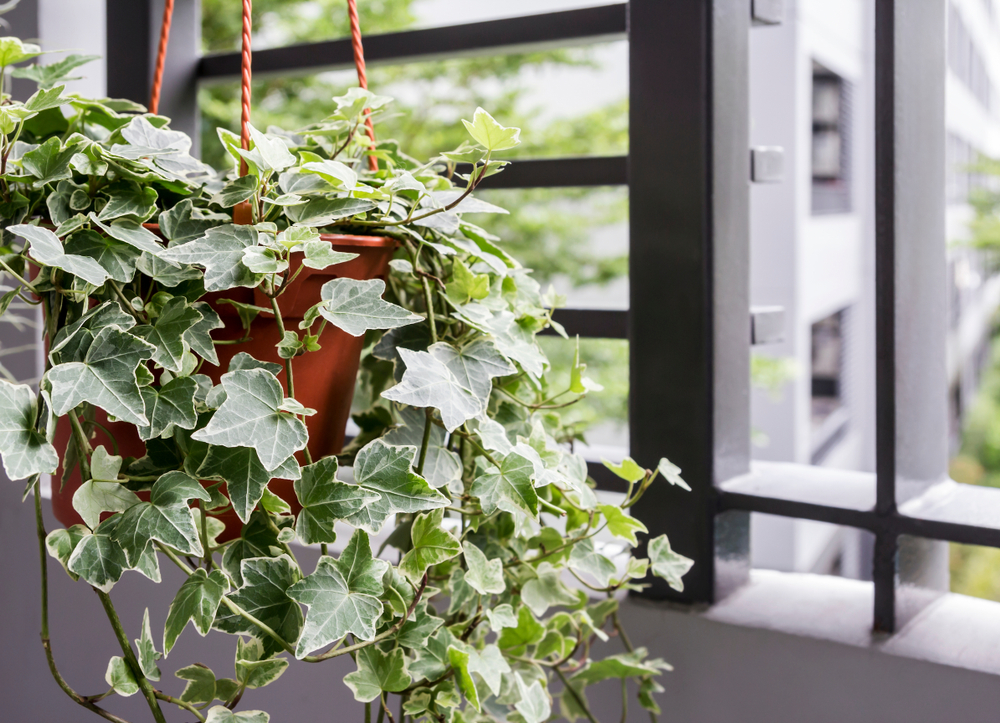
English ivy is a classic plant that does well in low-light environments. Its dense, dark green leaves and cascading vines make it a stunning addition to any room. This plant is also a great choice for hanging because its vines can grow long and create a natural, flowing look. English ivy is easy to care for and requires minimal watering, making it perfect for beginners.
Though it thrives in low light, it does need occasional indirect sunlight to keep its growth strong. English ivy is also known for being a great air purifier, which can help improve the air quality inside your home. Its adaptability and unique trailing growth make it an excellent choice for hanging baskets.
Philodendron (Philodendron hederaceum)

Philodendrons are a fantastic option for low-light areas due to their ability to grow in shaded environments. Their heart-shaped leaves and trailing vines create a lush, tropical look that adds charm to any room. These plants are incredibly easy to care for, needing just occasional watering and the right level of humidity. They also do well in a variety of container types, including hanging pots.
Philodendrons are very adaptable and can survive in various light conditions, from low light to medium indirect light. When placed in a hanging basket, their vines cascade beautifully, making them a lovely addition to any space. This plant thrives in humidity, so placing it in bathrooms or kitchens can help it flourish. For those looking to add greenery without much fuss, philodendrons are an excellent choice.
String of Pearls (Senecio rowleyanus)
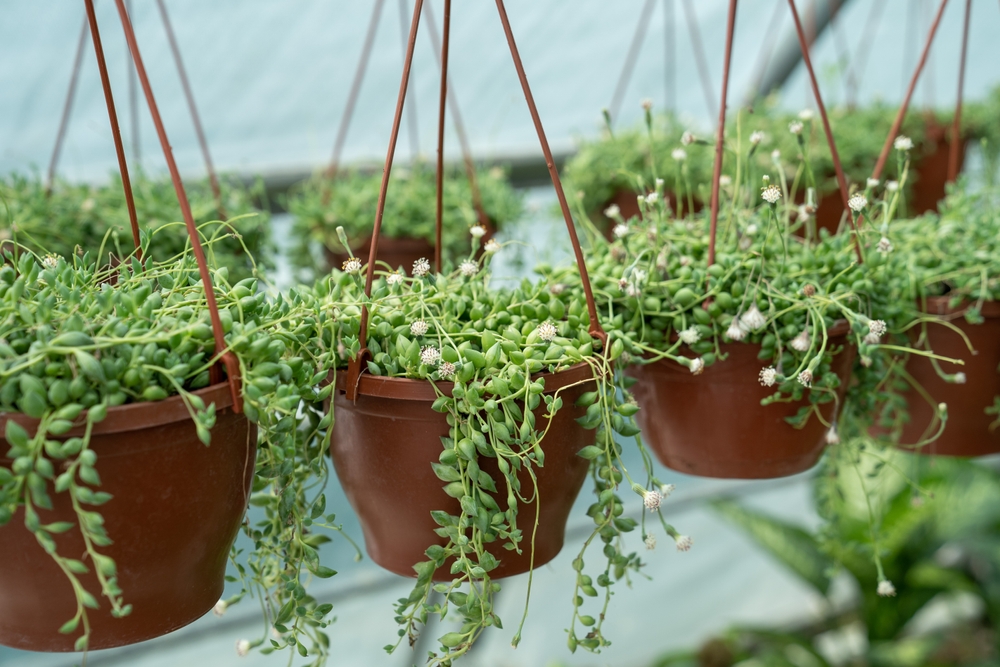
String of pearls is a unique plant known for its distinctive, bead-like leaves that resemble a string of tiny pearls. This trailing succulent is perfect for low-light indoor spaces, though it does better with indirect light. It is a low-maintenance plant that requires infrequent watering, making it perfect for those who are busy or forgetful about plant care. Its unique appearance and trailing nature make it ideal for hanging baskets or shelves.
Despite being a succulent, string of pearls does well in indoor environments where direct sunlight is limited. It can tolerate dry air and irregular watering, making it an ideal hanging plant for spaces like living rooms or bedrooms. The plant’s beads create a delicate, cascading effect that can add a modern touch to any space. If you want a low-maintenance, visually interesting plant, string of pearls is a great choice.
ZZ Plant (Zamioculcas zamiifolia)
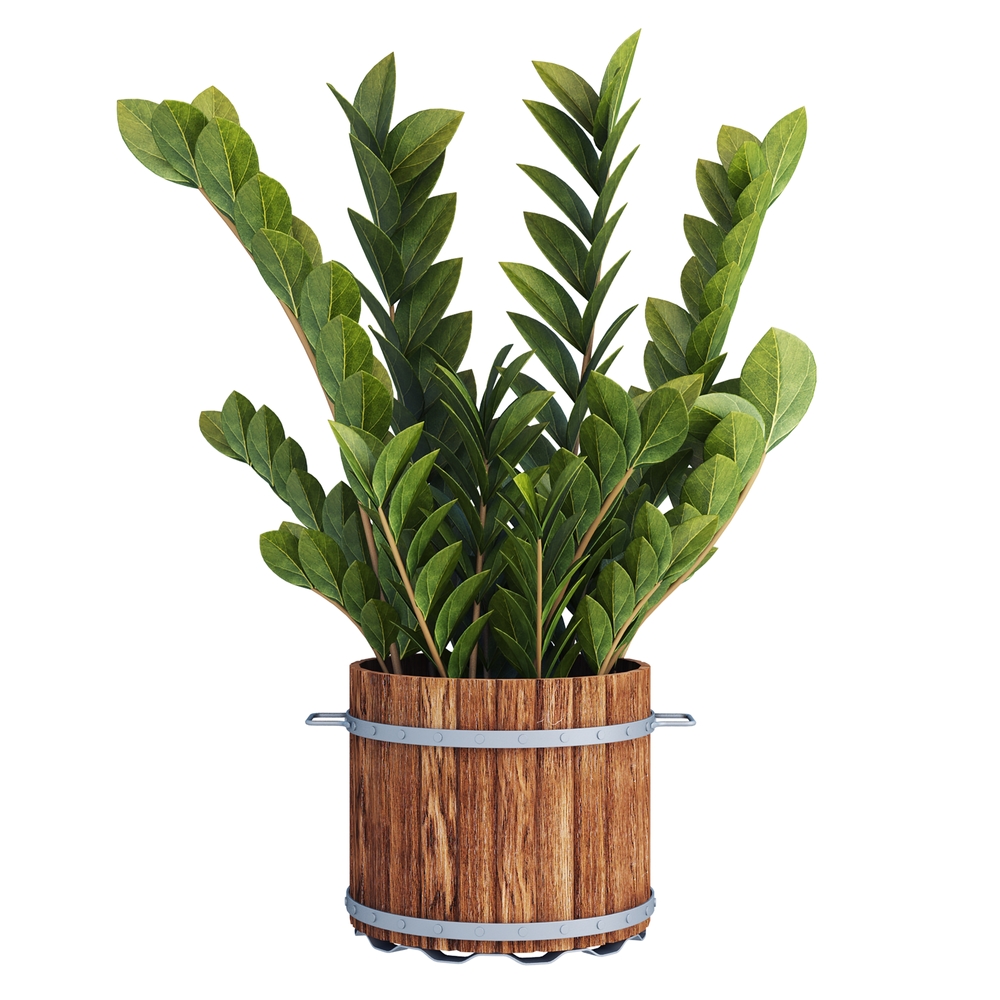
The ZZ plant is perfect for anyone who needs a plant that can tolerate neglect and low light. Its glossy, dark green leaves and upright growth pattern make it a striking addition to any room. This plant can go without water for weeks, making it an excellent option for busy individuals or those with low-light spaces. Its resilience to drought and ability to thrive in low-light environments make it one of the easiest houseplants to care for.
The ZZ plant can tolerate a range of lighting conditions, from low light to bright indirect light, though it thrives in darker areas. It grows slowly, which means it requires less frequent care and maintenance. With its waxy, shiny leaves, the ZZ plant adds a touch of elegance to any room. If you are looking for a hardy and low-maintenance plant, the ZZ plant is a great choice for hanging indoors.
Boston Fern (Nephrolepis exaltata)
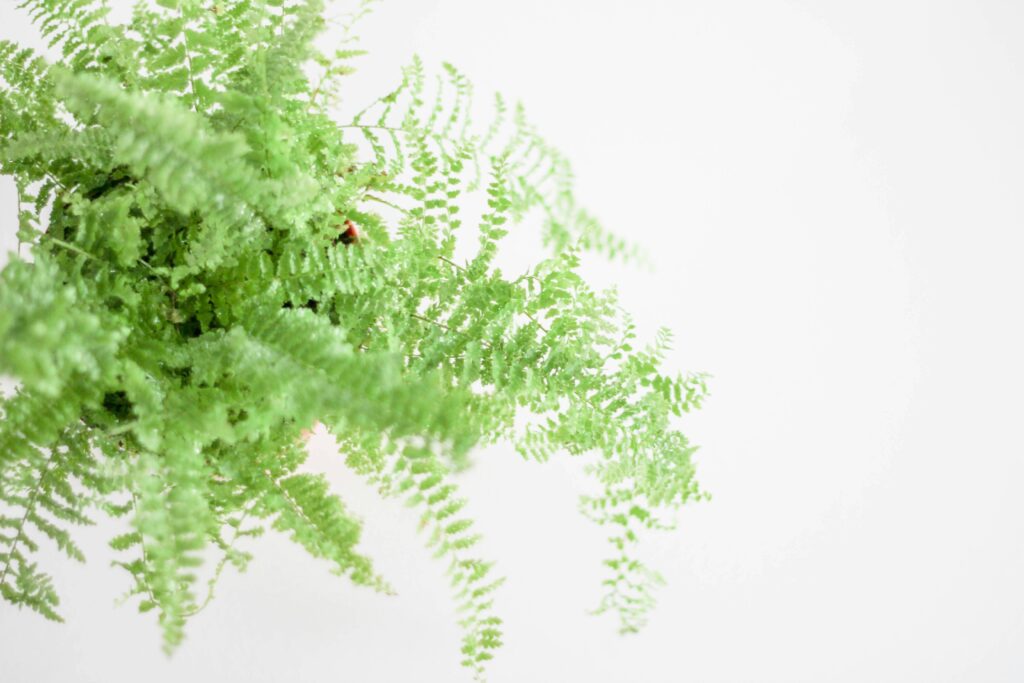
The Boston fern is a classic indoor plant that thrives in low light and humid conditions. Its feathery, delicate fronds create a lush, soft appearance that works well in hanging baskets. Boston ferns require regular watering to maintain their moisture, but they do well in low-light spots such as bathrooms and kitchens. Their trailing vines make them a great choice for adding a touch of greenery to high shelves or hanging planters.
While Boston ferns do best in bright, indirect light, they are still adaptable enough to grow in low-light spaces. They are particularly good at adding a bit of softness and texture to your space, complementing other plants or home décor. Boston ferns are known for being effective air purifiers, so they can also help improve the quality of the air inside your home. If you are looking for a plant that is both beautiful and practical, the Boston fern is a great option.
Calathea (Calathea spp.)
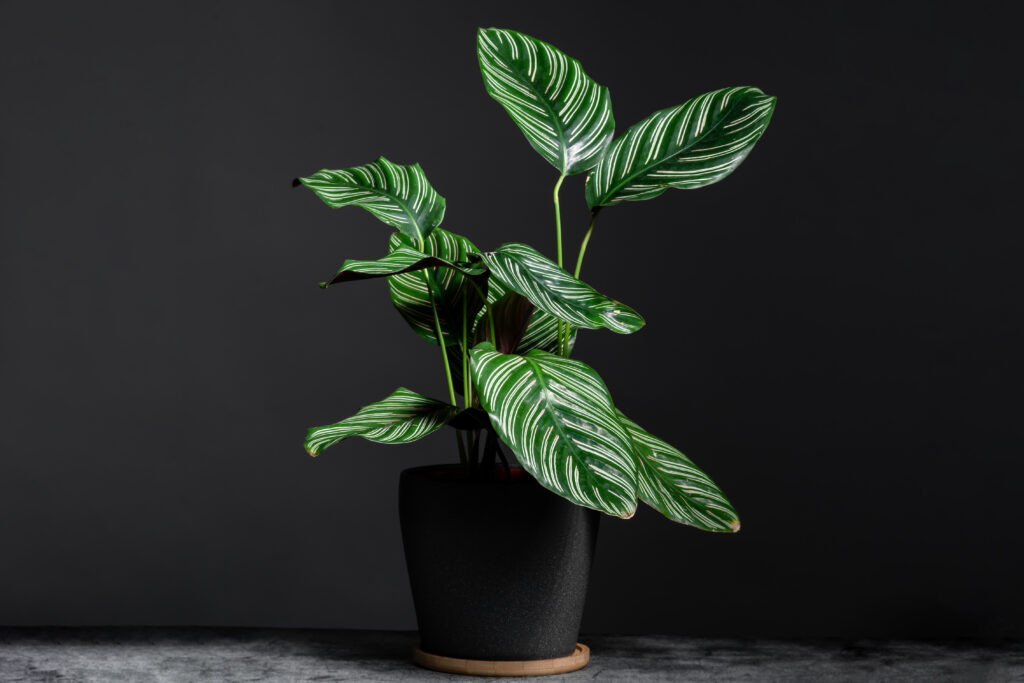
Calatheas are prized for their striking foliage, which comes in various patterns and colors. These plants do well in low-light conditions and require regular watering to keep their soil moist. Their beautiful leaves are a major draw, with some varieties showing bold stripes or purple undersides. Calatheas are perfect for hanging in baskets, where their trailing leaves can create a lush, tropical look.
Though calatheas thrive in low light, they do require high humidity to flourish. They are perfect for bathrooms or kitchens where moisture levels are higher. Regular misting can also help maintain the plant’s health and vibrancy. For anyone who loves plants with stunning foliage, a calathea is an excellent option for low-light spaces.
Heartleaf Philodendron (Philodendron scandens)
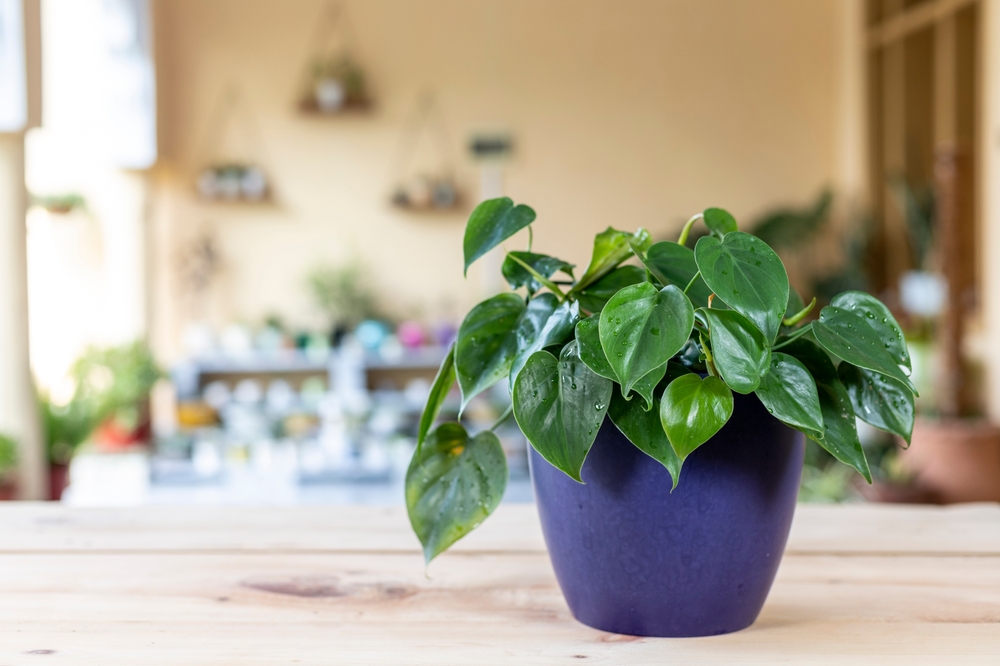
The heartleaf philodendron is an easy-to-care-for plant that thrives in low-light environments. Its small, glossy heart-shaped leaves are a charming addition to any room. This plant’s trailing vines make it an excellent choice for hanging baskets, allowing the vines to cascade beautifully. The heartleaf philodendron requires little maintenance, making it a great option for beginners or anyone who does not have a green thumb.
Though it is adaptable to low light, the heartleaf philodendron will benefit from occasional indirect sunlight. It is a hardy plant that can tolerate a range of conditions, making it perfect for less-than-ideal indoor spaces. With its resilient nature and lovely appearance, this plant is a must-have for any indoor garden.
Maidenhair Fern (Adiantum spp.)
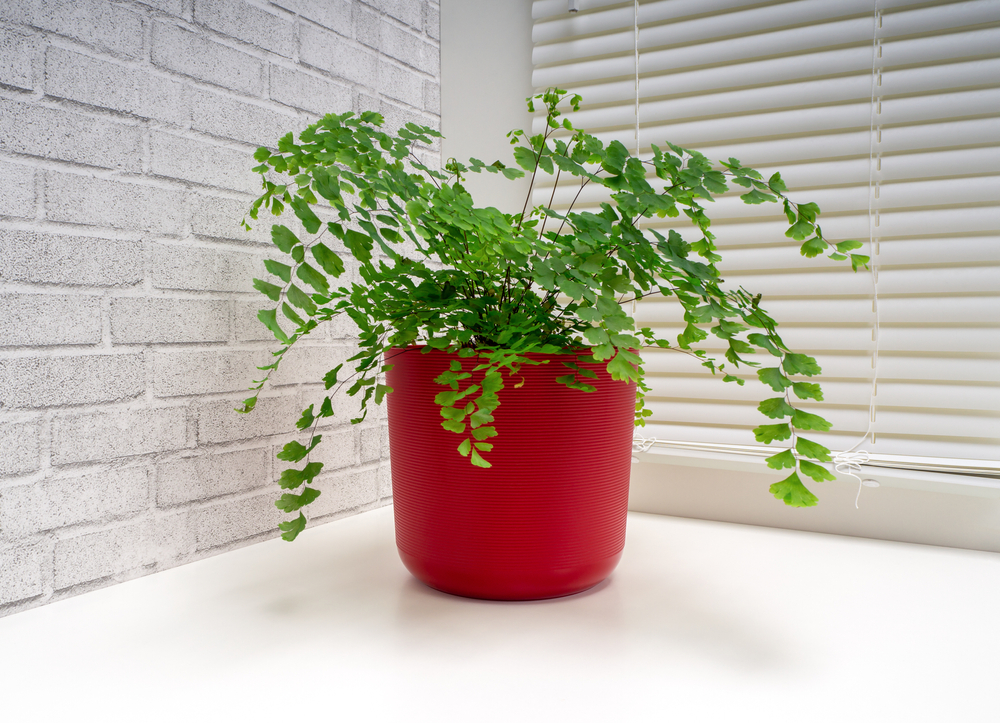
Maidenhair ferns are delicate plants that thrive in low-light conditions, especially when placed in humid areas. Their light, airy fronds are a beautiful addition to any space, and they do well in hanging baskets. This fern needs regular watering to maintain its moisture, but it is otherwise easy to care for. It is especially popular for its attractive appearance and unique texture.
Though maidenhair ferns enjoy low light, they do need humidity to stay healthy. They are perfect for bathrooms or kitchens, where moisture levels are higher. Their feathery leaves create a soft, graceful look that contrasts beautifully with other indoor plants.
Snake Plant (Sansevieria trifasciata)
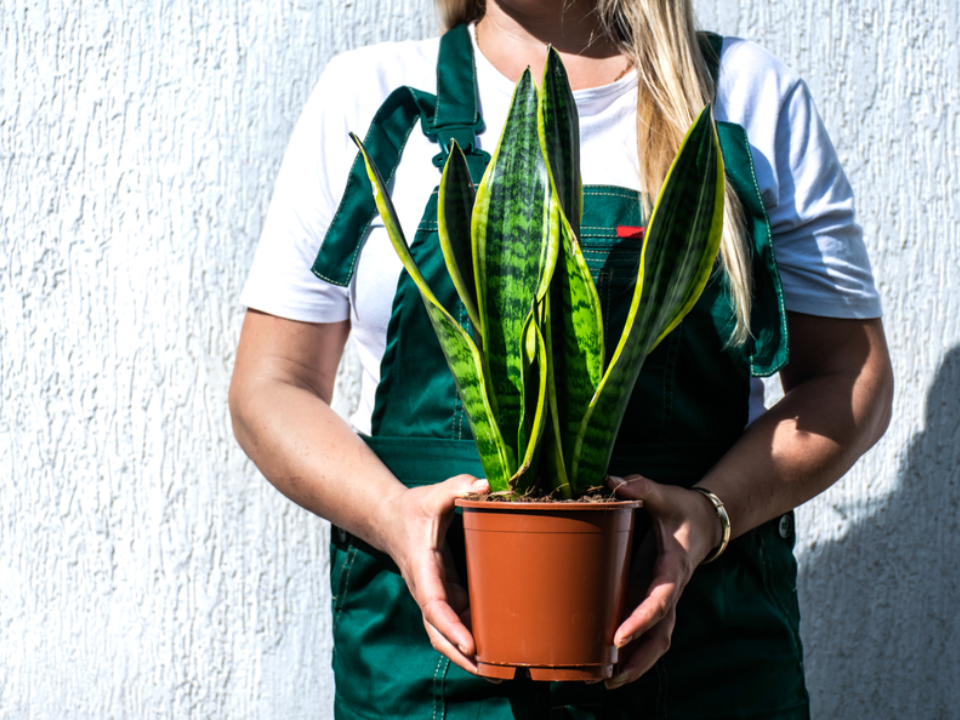
Snake plants are some of the toughest indoor plants around, able to thrive in low light and various indoor conditions. Their upright, sword-like leaves are a striking feature that adds texture to your space. Snake plants are also incredibly low-maintenance, needing little watering and thriving even with neglect. This makes them a perfect option for busy plant lovers who may not have a lot of time to dedicate to plant care.
These plants can tolerate a wide range of lighting conditions, from low light to brighter areas, though they will do best in indirect light. Snake plants are known for their ability to purify the air, making them a beneficial addition to any room. Their bold leaves create a modern look, and their resilience makes them a great hanging option for busy households.
Rubber Plant (Ficus elastica)
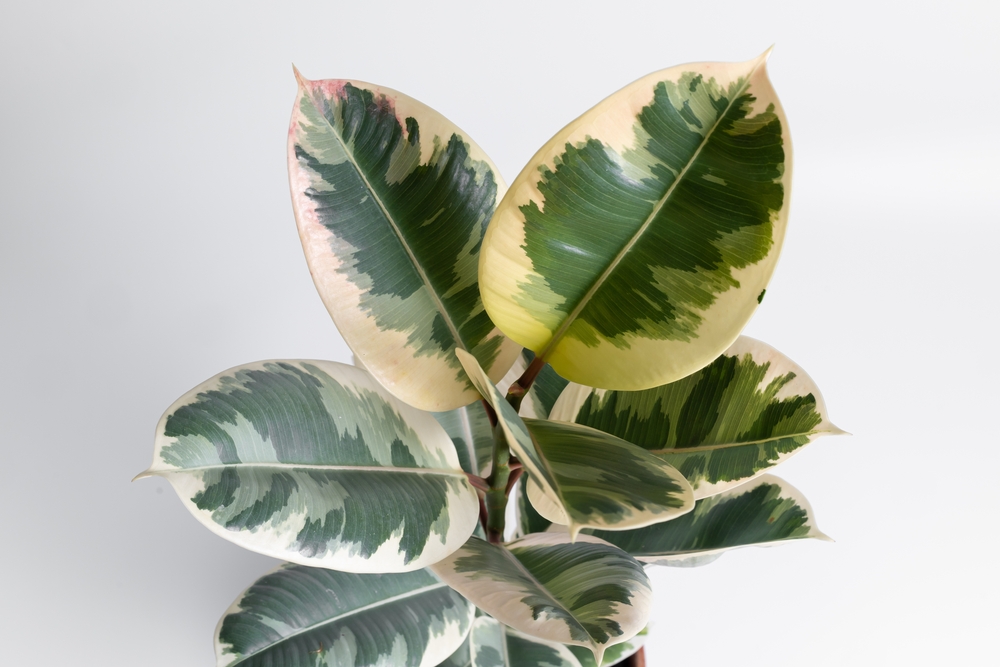
The rubber plant is a great indoor plant that can tolerate low light, though it thrives best with indirect sunlight. Its large, glossy leaves give it a bold look, and it can grow quite tall, making it an excellent focal point. Rubber plants are easy to care for, requiring occasional watering and minimal pruning. They also make for excellent hanging plants, as their thick stems and sturdy leaves allow them to cascade beautifully.
Though the rubber plant does best with medium light, it can still thrive in lower-light spaces if given proper care. The plant’s unique, leathery leaves add texture and contrast to your indoor décor. Rubber plants are also air purifiers, helping improve indoor air quality. If you are looking for a low-light plant with large, beautiful leaves, the rubber plant is a fantastic choice.
This article originally appeared on Avocadu.
